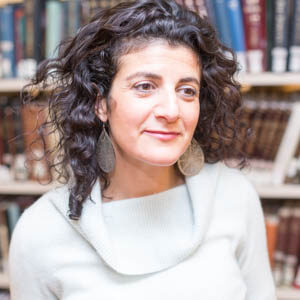
Making Torah Our Own
May 18, 2018 By Galeet Dardashti | Commentary | Text Study | Shavuot
The piyyut below was written by Rabbi Ya’akov Abihatzeira, an important religious figure in 19th-century Morocco. Sung in Moroccan communities primarily in honor of Shavuot, the piyyut portrays the Israelites’ acceptance of the Torah at Sinai. It depicts God as the beloved bridegroom entering into a figurative marriage with Israel, the bride, and playfully riffs on the Ten Commandments.
Read More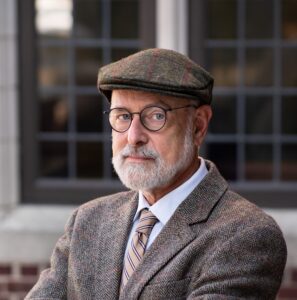
A History of Holiness
May 11, 2018 By Alan Mittleman | Commentary
The term “holy” (kodesh as a noun or kadosh as an adjective) appears frequently in the Bible. The more abstract idea of holiness (kedushah) appears in rabbinic literature. We use holiness-language in everyday speech in English, as well as words such as “sacred.” But do we know what we mean when we use these terms?
Read More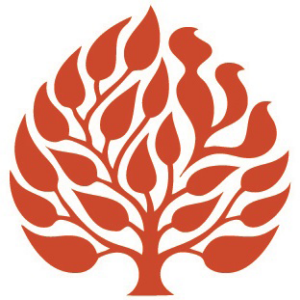
Sustaining the Popularity of Pirkei Avot
May 4, 2018 By JTS Alumni | Commentary
By Rabbi Martin S. Cohen (RS ’78, GS ’82)
Given its age and the many places it diverges from modern sensitivities, it’s amazing just how popular Pirkei Avot has remained—and, indeed, it would be more than fair to say that no part of our rabbinic heritage has launched more sermons or divrei torah.
Read More
A Radical Rebbe
Apr 20, 2018 By JTS Alumni | Commentary
By Dr. Morris M. Faierstein (GS ’75)
Rabbi Menahem Mendel of Kotsk (1787–1859) is one of the most interesting and challenging figures of Hasidism in the nineteenth century. His search for truth and battles against falsehood and spiritual compromise are the subject of many legends. Though he was irascible and demanding, he inspired the loyalty of disciples who went on to become the dominant leaders of Hasidism in Poland from the middle of the nineteenth century until the destruction of Polish Jewry in the Holocaust.
Read More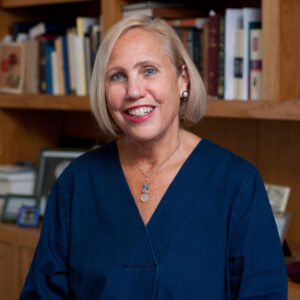
What Can Jewish Music Do?
Apr 13, 2018 By Nancy Abramson | Commentary
Read MoreMusic allows us to navigate through the loudness, to find the silence. Music organizes the loud sounds so that we can recognize the power of the quiet, acting as an intermediary between God’s loud, external “persona” and the quiet, holy, inner being where truth is found. Music hangs in the subtle balance between sound and silence. It is music that tunes up our beings, that tunes up the entire world, to allow for an interchange between the soft, inner and the loud, outer manifestations of truth.
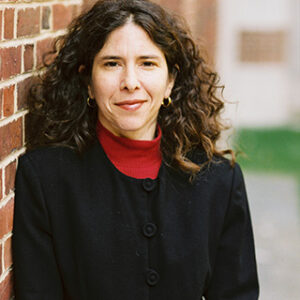
The Pogrom that Endured
Apr 5, 2018 By Barbara Mann | Commentary
The sun shone, the blossom bloomed, and the slaughterer slaughtered.
The image of the slaughterer in springtime is an indelible part of the DNA of twentieth-century Jewish experience, juxtaposing as it does the casual brutality of history with the most mundane of natural events. Its source is Bialik’s epic poem about the Kishinev pogrom of 1903. Despite the many words written about the events of that April—personal testimony, journalistic reportage, memorial texts, poetry, and even a Broadway play (The Chosen People by Evgenii Chiriko)—the warp and woof of this particular incident simply won’t let us alone.
Read More
Jews Behaving Badly
Mar 30, 2018 By JTS Alumni | Commentary
By Dr. Edward Portnoy (GS ’08)
As a graduate student, I logged many, many hours in the old JTS Library (which has a special place in my heart) reading the seminal texts of Jewish life and history. I hunkered down next to my most beloved Jewish texts, Yiddish periodicals. While Yiddish newspapers and magazines may not be considered among traditional Jewish texts, they comprise an incredibly rich resource for the study of Jewish life from the 1860s through the 1930s.
Read More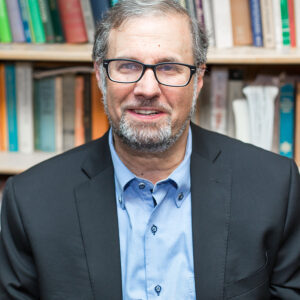
Heroes of Jewish Heritage
Mar 23, 2018 By David Fishman | Commentary
Several months ago, I gave a lecture in Lviv, Ukraine, on my new book to a young non-Jewish audience. There are very few Jews left in Lviv (formerly Lemberg), even fewer than in Vilnius (formerly Vilna), where my book’s events take place. The audience listened attentively as I described the rescue of cultural treasures from the Nazis by a group of ghetto inmates nicknamed the Paper Brigade: a diary by Theodore Herzl, rabbinic manuscripts, Sholem Aleichem’s letters, paintings and sculptures.
Read More


